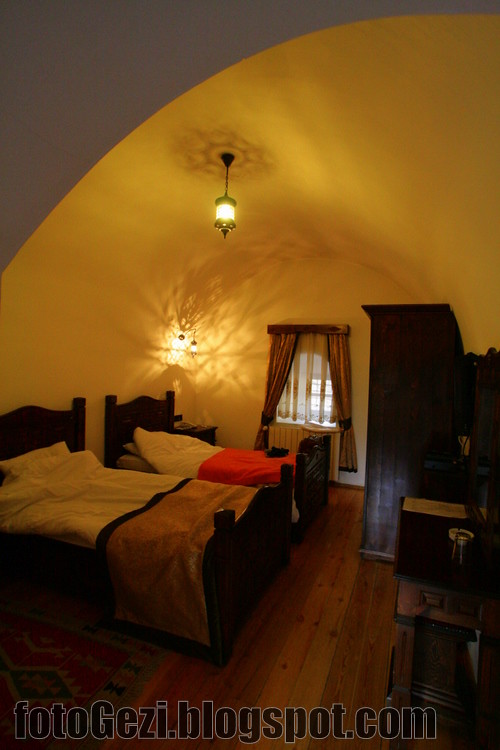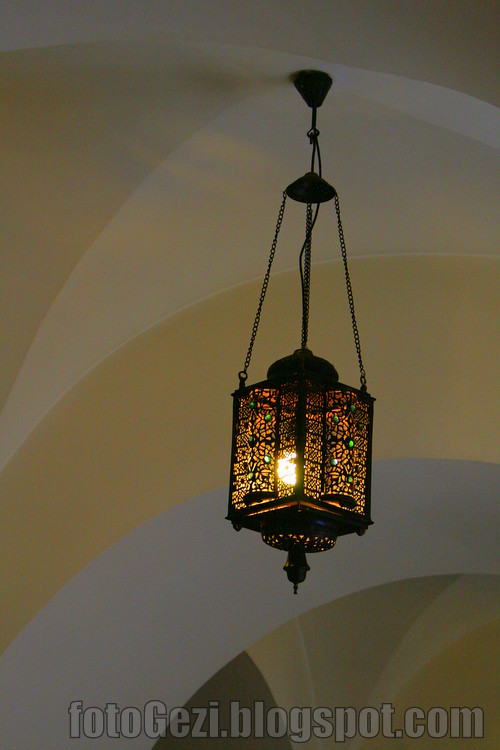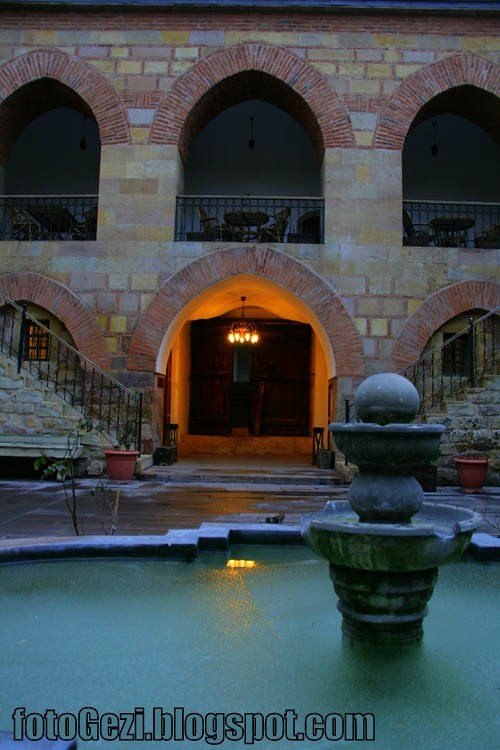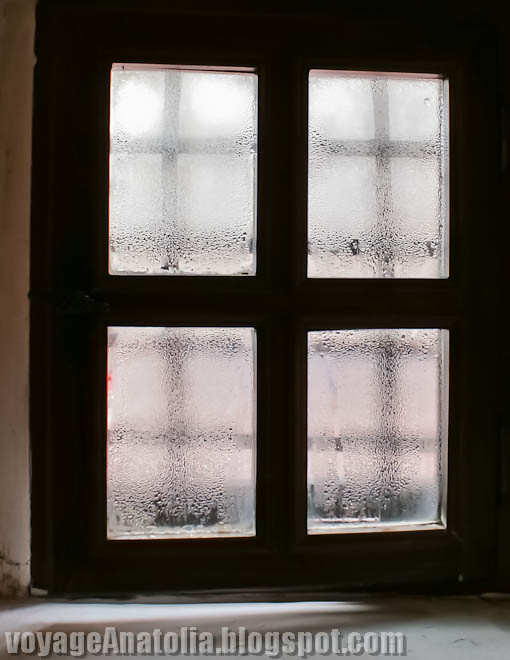
A caravansara or khan was a roadside inn where travelers could rest and recover from the day's journey. Caravansaras supported the flow of commerce, information, and people across the network of trade routes covering Asia, North Africa, and South-Eastern Europe, especially along the Silk Road.

“ Think, in this batter'd Caravansara
Whose Portals are alternate Night and Day,
How Sultan after Sultan with his Pomp
Abode his destined Hour, and went his way.”
—Fitzgerald, Rubaiyat of Omar Khayyam, Stanza 17 in the 5th Edition

Most typically a caravansara was a building with a square or rectangular walled exterior, with a single portal wide enough to permit large or heavily laden beasts such as camels to enter. The courtyard was almost always open to the sky, and the inside walls of the enclosure were outfitted with a number of identical stalls, bays, niches, or chambers to accommodate merchants and their servants, animals, and merchandise.

Caravansaras provided water for human and animal consumption, washing, and ritual ablutions. Sometimes they even had elaborate baths. They also kept fodder for animals and had shops for travellers where they could acquire new supplies. In addition, there could be shops where merchants could dispose of some of their goods.

The word is also rendered as caravansara or caravansary. "Caravan" means a group of traders, pilgrims, or other travelers, engaged in long distance travel, while serai means palace.

The caravansara was also known as a khan, han in Turkish, funduq in Arabic, and fundaco in Venice.

Hamam window at Kastamonu Kursunluhan Caravanserai, inn hotel.
Kursunluhan is a medieval caravanserai was built in Kastamonu by the uncle of Sultan Mehmet II, who conquered Constantinople and brought an end to the Byzantine Empire at the age of 21.
